Human Ephrin-A1/EFNA1 ELISA Kit
$299.00 – $419.00
ELISA Kit Detail Information
| Related Target | |
|---|---|
| Species | human |
| Sample Type | Serum, plasma, cell culture supernatant, and other biological samples |
| Sample Volume | 20 μL |
| Sensitivity | 9.08 pg/mL |
| Array Range | 78.13 pg/mL – 5000 pg/mL |
| Assay Time | 3.5 h |
| Recovery | 93% – 120% |
| Average Recovery | 107% |
| Intra Precision | 4.6% – 4.7% |
| Inter Precision | 1.3% – 4.0% |
| Plate | Detachable 96-well plate |
| Storage | If the reagent kit is unopened, it should be stored at 4℃. However, if it has been opened, the standard solution should be stored at -20℃, while the other components should be stored at 4℃. |
| Delivery | 4℃ blue ice transportation |
| Components | 96-well polystyrene enzyme-linked immunosorbent assay (ELISA) plate coated with anti-Ephrin-A1/EFNA1 monoclonal antibody Human Ephrin-A1/EFNA1 freeze-dried standard Ephrin-A1/EFNA1 detect Antibody Standard Diluent Assay Buffer(10×) Substrate TMB Stop Solution Washing Buffer(20×) Sealing Film |
| Assay Principle | This kit utilizes the double antibody sandwich enzyme-linked immunosorbent assay (ELISA) detection technique.Specific anti-human Ephrin-A1 antibodies are precoated on a high-affinity ELISA plate. Standard samples, test samples, and the detection antibody labeled with horseradish peroxidase are added to the wells of the ELISA plate. After incubation, Ephrin-A1 present in the samples binds to the solid-phase antibody and the detection antibody. After washing, a colorimetric substrate, TMB, is added and the plate is incubated in the dark for color development. The intensity of the color reaction is directly proportional to the concentration of Ephrin-A1 in the samples.A stop solution is added to terminate the reaction, and the absorbance value is measured at a wavelength of 450 nm (with a reference wavelength range of 570-630 nm). |
Related Targets
EFNA1
EFNA1 Target Infomation Overview
- Target Symbol: EFNA1, ephrin A1
- Gene Groups: Ephrins
- Alias: LERK1; ECKLG; GMAN
- Previous Names: TNFAIP4; EPLG1
- Alias Names: EPH-related receptor tyrosine kinase ligand 1; Tumor necrosis factor alpha-induced protein 4; gastric cancer metastasis associated long noncoding RNA; ephrin-A1
EFNA1, ephrin A1 Target Infomation by Species
- Human
- Mouse
- Rat
Human EFNA1 Target Information
- Target Symbol: EFNA1, ephrin A1
- Alias:
- B61
- ECKLG
- EFL1
- eph-related receptor tyrosine kinase ligand 1
- ephrin-A1
- EPLG1
- gastric cancer metastasis associated long noncoding RNA
- GMAN
- immediate early response protein B61
- LERK-1
- LERK1
- ligand of eph-related kinase 1
- TNF alpha-induced protein 4
- TNFAIP4
- tumor necrosis factor alpha-induced protein 4
- tumor necrosis factor, alpha-induced protein 4
- NCBI_Gene: 1942
- UniProtKB: P20827
Human EFNA1 Predicted Functions
Enables ephrin receptor binding activity. Involved in several processes, including ephrin receptor signaling pathway; protein stabilization; and regulation of protein metabolic process. Predicted to be located in extracellular region. Predicted to be active in plasma membrane. Predicted to be anchored component of plasma membrane.
Mouse Efna1 Target Information
- Target Symbol: Efna1, ephrin A1
- Alias:
- AI325262
- B61
- EFL-1
- eph-related receptor tyrosine kinase ligand 1
- Epl1
- Eplg1
- expressed sequence AI325262
- LERK-1
- Lerk1
- NCBI_Gene: 13636
Mouse Efna1 Predicted Functions
Enables ephrin receptor binding activity. Involved in several processes, including heart valve morphogenesis; negative regulation of dendritic spine morphogenesis; and regulation of blood vessel endothelial cell migration. Acts upstream of or within several processes, including ephrin receptor signaling pathway; nervous system development; and regulation of MAPK cascade. Is anchored component of plasma membrane. Is expressed in several structures, including alimentary system; brain; cardiovascular system; genitourinary system; and sensory organ. Orthologous to human EFNA1 (ephrin A1).
Rat Efna1 Target Information
- Target Symbol: Efna1, ephrin A1
- Alias:
- B61
- EPH-related receptor tyrosine kinase ligand 1
- ephrin-A1
- immediate early response protein B61
- LERK-1
- NCBI_Gene: 94268
- UniProtKB: P97553
Rat Efna1 Predicted Functions
Predicted to enable ephrin receptor binding activity. Predicted to be involved in several processes, including cell morphogenesis involved in differentiation; heart valve morphogenesis; and regulation of protein metabolic process. Predicted to act upstream of or within several processes, including negative regulation of thymocyte apoptotic process; nervous system development; and regulation of MAPK cascade. Predicted to be located in extracellular region. Predicted to be active in plasma membrane. Predicted to be anchored component of plasma membrane. Orthologous to human EFNA1 (ephrin A1).

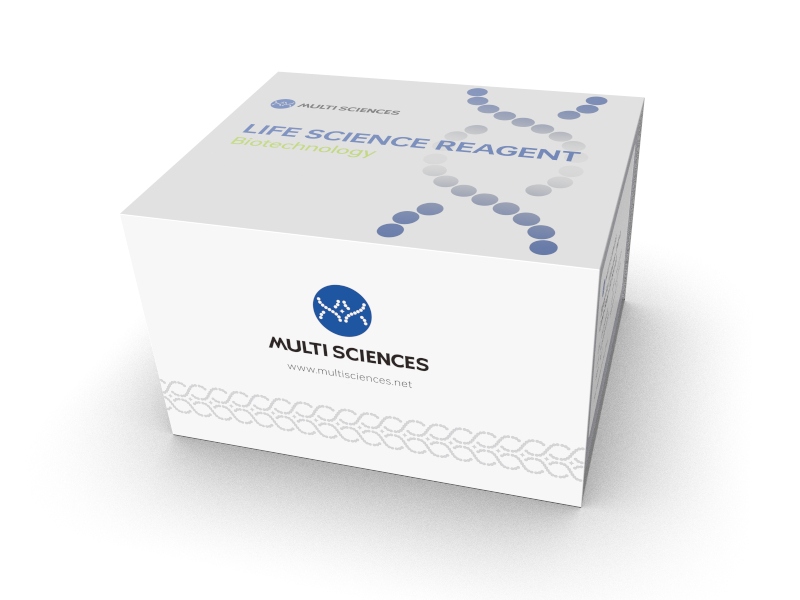
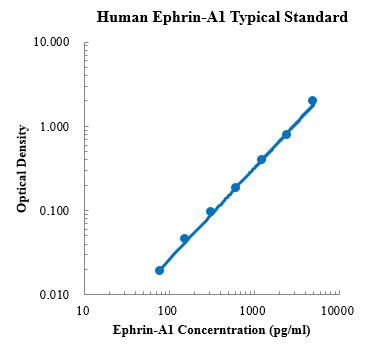
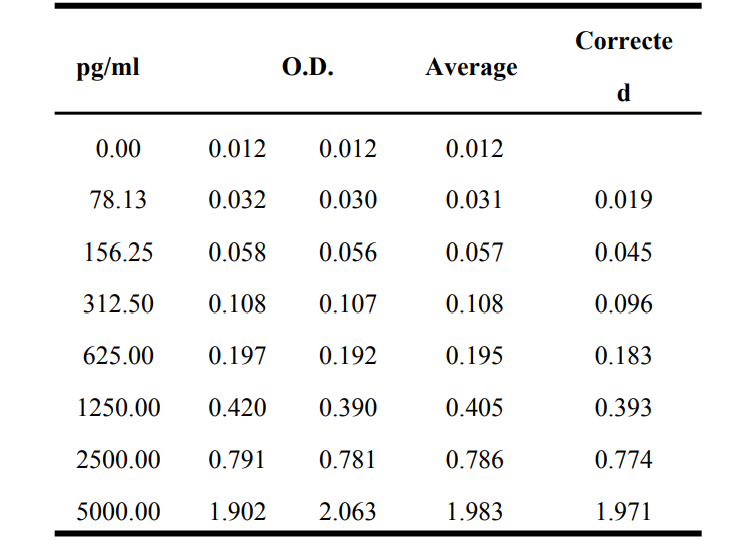

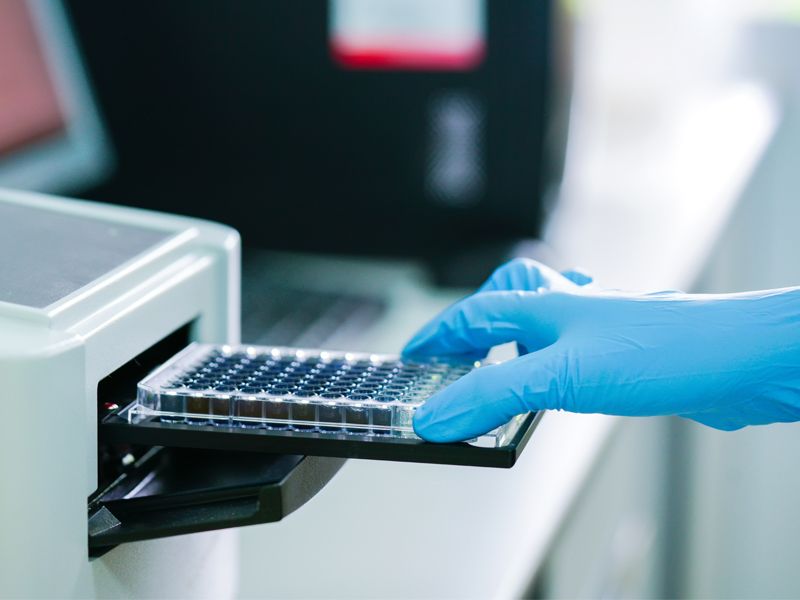
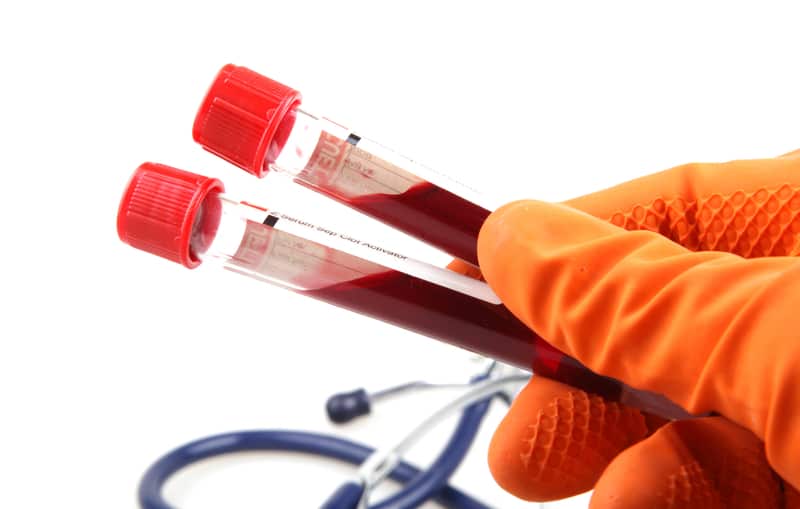
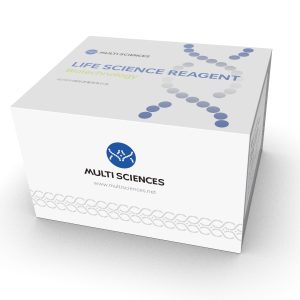
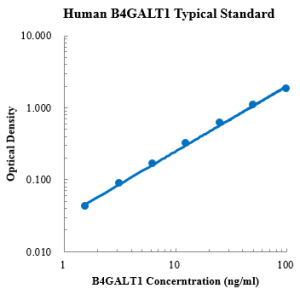
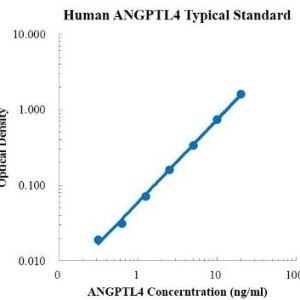
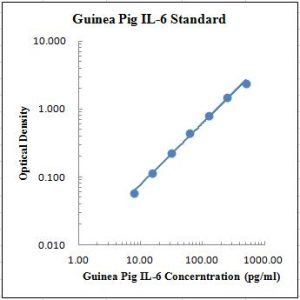
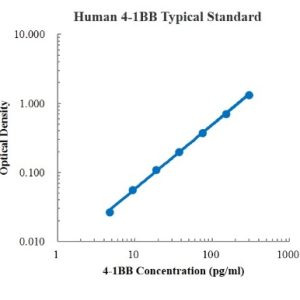
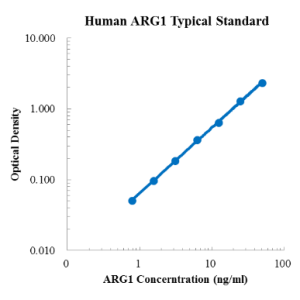
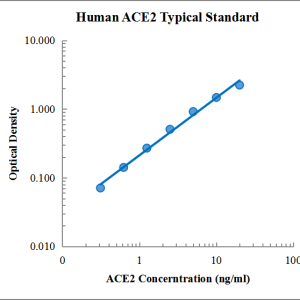
Reviews
There are no reviews yet.